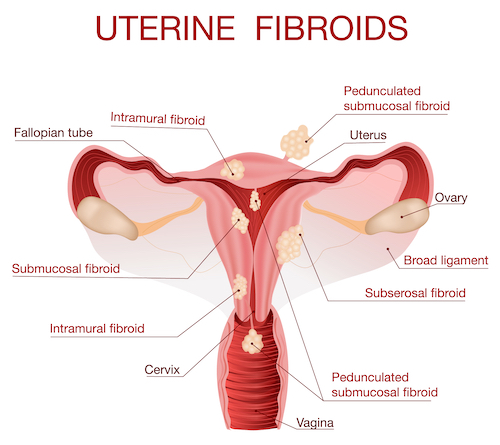
What Is Uterine Fibroid Embolization
Uterine Fibroid Embolization (UFE) may also be referred to as Uterine Artery Embolization or (UAE) and is now the latest and most effective of the fibroid treatment options.
Uterine Fibroid Embolization is a safe, non-invasive procedure using interventional radiology for the direct treatment of fibroids in the uterus. UFE involves the injection of tiny particles into the artery leading to the fibroid to cut off the blood flow to the tumor. Once the artery is completely blocked, the fibroid will no longer have a regular supply of blood causing the tumor to shrink and reducing or eliminating symptoms.
What to Expect During the Procedure
Uterine fibroid embolization (UFE), begins with a tiny incision in the groin area or wrist. This incision provides the interventional radiologist (IR) with access to arteries that feed the fibroids. Using specialized X-ray equipment, the IR passes a catheter (small tube) into the incision to the uterine artery and guides it near the location of the fibroid tumor.
When the IR has reached the location of the fibroids, embolic material (small spheres) is injected through the catheter and into the blood vessels feeding the fibroids, depriving them of oxygenated blood. The oxygen deprivation results in the fibroids shrinking. The embolic material remains permanently in the blood vessels at the fibroid site. The catheter is then moved to the other side of the uterus. Once the IR has completed embolization of the uterine artery on both sides, the catheter is gently removed.
The entire UFE treatment typically lasts less than one hour and is typically performed as an outpatient procedure.
Schedule A Consultation
If you’re coping with uterine fibroids or recurrent bleeding—and conventional treatments haven’t provided lasting relief—Duval Vascular offers a minimally invasive alternative with UFE. Take the quiz below to find out if you are a candidate for UFE.
